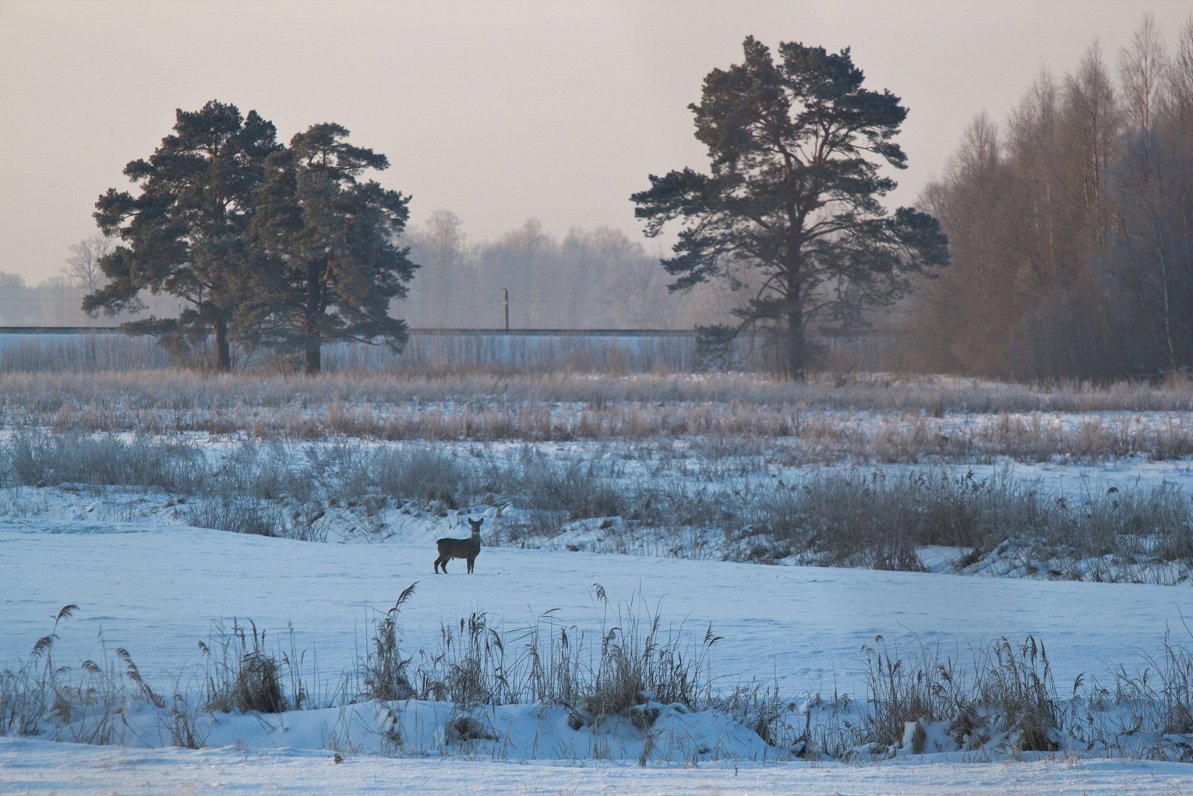Last year the State Police registered nearly 600 accidents in which vehicles crashed into an animal. On average, similar numbers of accidents have been recorded annually over the last four years. It is also an invariable fact that more than half of such accidents are in Latgale.
The State Forest Service (VMD) registered at least 2,000 dead animals on roads last year – at least five accidents every day.
The difference in the data is probably due to the fact that drivers tend not to report accidents to the police. The second option – the police figures only include the times the law enforcement has gone to the site.
State Forest Service spokesman Valters Lūsis noted that last year residents reported significantly fewer animals than in previous years, when at least 600 more accidents were recorded.
“If we look at what's been run over then there's no change. The doe is in the first place. A steady 71%, both last year and last year. Then the question arises fewer animals or fewer drives, or is it the conditions? We are guided by the fact that populations are stable. At least in the case of doe, wild boar, [population] has grown. People might not report,” said Lūsis.
Although the number of casualties registered by the police has remained stable over several years, the number of people injured in such accidents is decreasing. In 2019, for example, 50 people were injured in animal crashes and four died. Last year, 29 people were injured and one died.
"Would not want to rush with conclusions about the exact reason. We see that the overall number of [road] deaths has also fallen significantly over the past year, so we will still carry out an analysis. There may be a number of factors affecting it. Fuel prices have also played their part in the fact that people have become more attentive," said State Police spokesman Arturs Smilga.
Last year's remarkable rise in prices has increased refunds paid by insurers. Compared to 2021, the amount paid last year increased by 30%, representing a total of €8-9 million according to the Motor Insurers’ Bureau of Latvia.
“The fact that accidents last year have been with more severe consequences is also shown by the average paid reimbursement per case. It was €1860 in 2021, but almost €2,000 in 2022. In general, animal-vehicle collisions tend to grow,” said Sandija Šaicāne, spokeswoman for the Motor Insurers’ Bureau.
Although there are positive notes in the figures compiled by the law enforcement and the State Forest Service, the head of the Safe Driving School, Jānis Vanks, acknowledged that the number of accidents is huge.
“I haven't noticed very pronounced infrastructure that could protect our highways from animals. There are some separate stages where I've seen the fences set up. But mostly I think we're very, very far from the desired result,” Vanks said.
In his opinion, Latvia should learn from other countries where fences, electronic scarers, transmissions and other infrastructure elements have been installed along the roads. It is best to use them all together but they won't guarantee that the animal never appears on the road.
“If we've seen that animal in time and we see that we can brake, then we just have to brake. If we see a collision as inevitable, [and] if the torso of the animal is no higher than the bonnet of the car, then, unfortunately, the safest option for the person is driving on that animal. On the other hand, if the animal is higher, it is clear that in the event of a collision, the torso of the animal will come into the front windshield and there may be very, very severe consequences. Therefore, of course, these collisions should be avoided. I would rather recommend that an unprepared driver at first at least brake and then see if they can turn the car to one side or the other,” Vanks said.
While cars have become safer over time, Vanks believes that as long as there is no safe infrastructure and adequate driver preparedness, accident statistics will not change.
The police, on the other hand, recalled that, regardless of the seriousness of the accident, the law enforcement should always be notified of animal collisions.





























